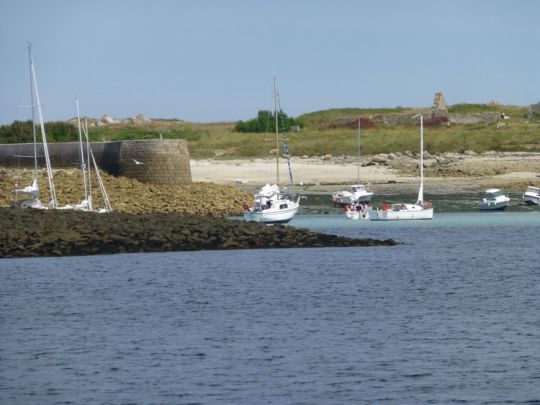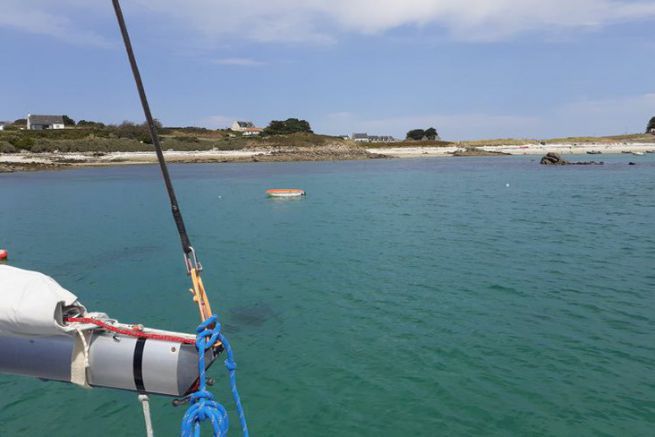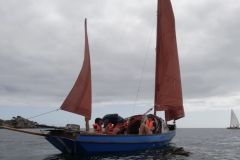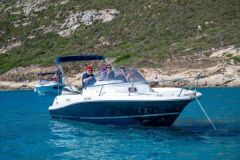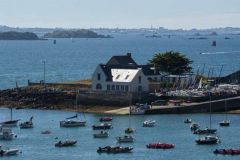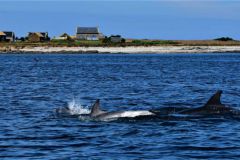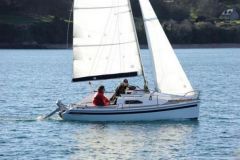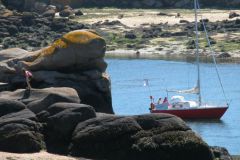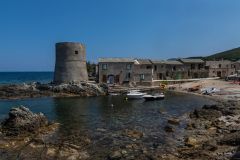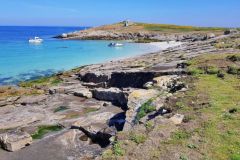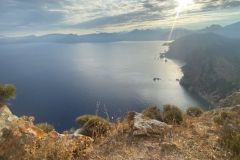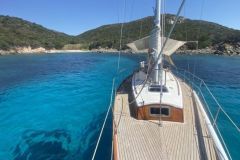No particular difficulty to navigate in this little corner where small wild creeks alternate with large expanses of sand. A paradise for children! You just have to deal with the tides and the twelfths rule. It's up to you, it's worth the detour.
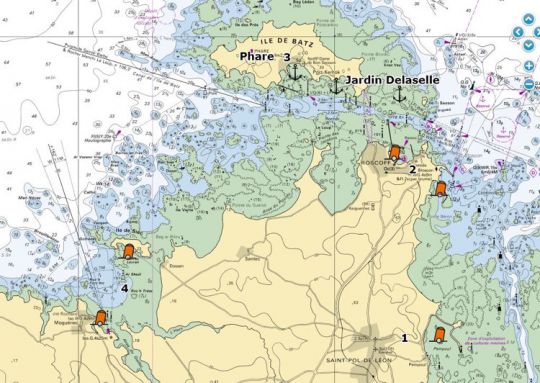
1 - Saint-Pol-de-Léon
The town takes its name from one of the legendary founding saints of Brittany: Pol Aurélien. It was for a long time the seat of the bishopric of Léon and from its past it has preserved a unique religious architecture that is a must see.
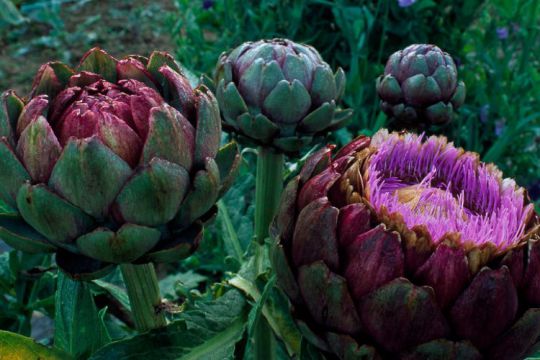
France's leading market gardening region and capital of the "golden belt", it exports tons of vegetables every year and its research centres and agronomic laboratories attract top-level researchers.
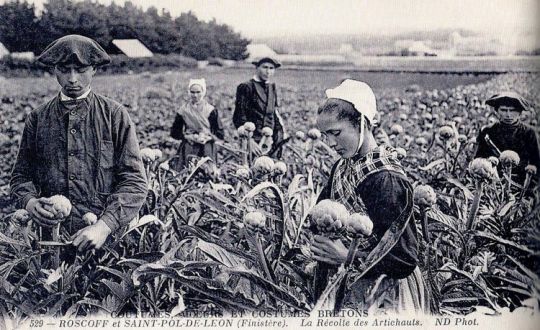
You enter the bay of Morlaix by going up the river Penzé. Past Roscoff, you arrive by following the channel in the port of Pempoul accessible at high tide. The port is sounded on average at + 4.0 m. Anchoring at grounding obviously..

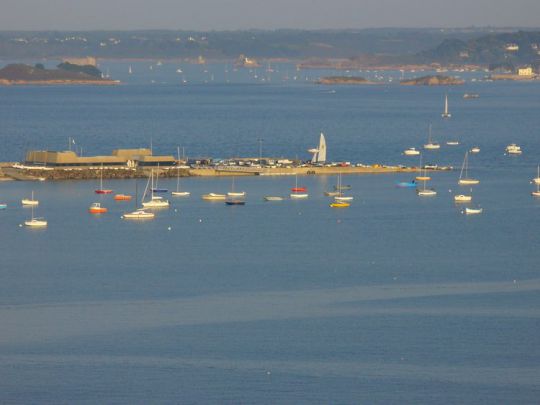
From there a short walk to the islet Saint Anne to end the day.
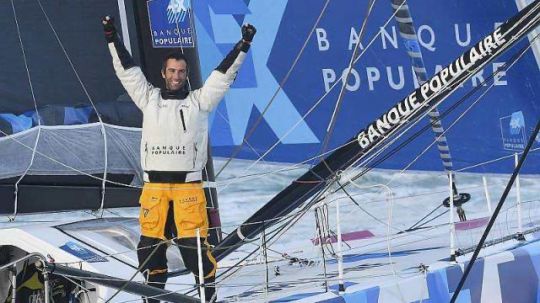
At the bend of a rock or an islet, you may come across Armel Le Cleac'h, a fine regatta sailor and connoisseur of the most beautiful bay in the world..
To see, to do
1.1 Kreisker Chapel
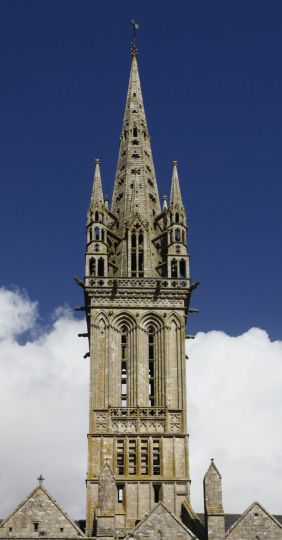
King of Breton bell towers, the Kreisker (14th and 15th century) one of the highest Gothic monuments and the highest in Brittany is the prototype of many Breton bell towers. It was saved from demolition by a decree signed by Napoleon. It was then invoked for its usefulness for maritime navigation.
78 metres high, it imposes a permanent presence on the city. From its upper balustrade, one can see, on a clear day, a quarter of Leon's bell towers. The influence of Norman and English forms is very noticeable. Throughout the Middle Ages, in the absence of a common house, the town council met in a room inside the Kreisker.
Kreisker or Kreiz Ker literally village cross or village centre
1.2 Saint Paul Aurelian Cathedral

Saint-Paul Aurélien Cathedral, which preserves Romanesque remains, bears witness to the imprint of Norman art on Breton architecture at the end of the 13th century. The west façade with two large towers and the nave made of Caen limestone attest to this material and stylistic Norman filiation. As for the transept and the choir, they date from the second half of the 15th century. The ambulatory and the south chapel were completed in the 16th century. The cathedral is one of the only complete cathedrals of the Ogival period.
2 - Roscoff
A city of shipowners enriched in the 16th century by the transport of tin, linen and wheat to Spain and Portugal, the heart of the historic city conceals some pretty houses of these shipowners. Also a corsair city, the stones remember the intrigues with England and the fabulous spoils stolen from the enemy. The alleyways reveal secret frames and back doors. The sea, luminous, complicit, whispers at the foot of the fortified houses.
Roscoff is a small seaside town that has preserved its architectural heritage of the 16th and 17th centuries.
Its foreshore is home to an extraordinary biological diversity, the study of which, at the end of the 19th century, led to the creation of the first European centre for research and teaching in marine biology, the Roscoff Biological Station. Sought after for its iodized sea spray and the mild climate maintained by the Gulf Stream, Roscoff saw the birth of thalassotherapy in 1899.
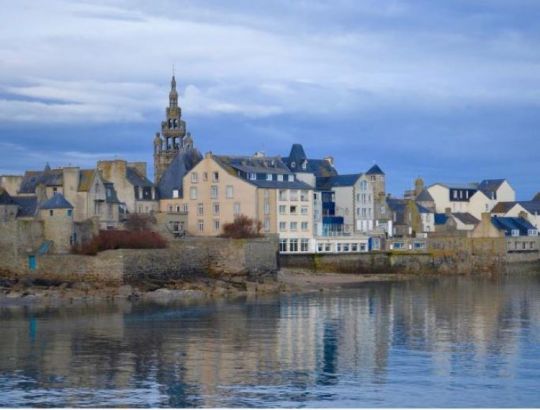
To see, to do
2.1 Church of Roscoff, Our Lady of Croaz Batz
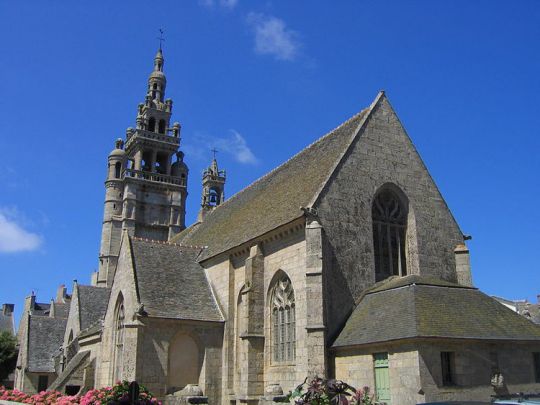
Founded at the beginning of the 16th century on the initiative of rich merchants and shipowners, on the site of Croas-Baz the church was consecrated in 1550.
2.2 The Johnnie and Onion House
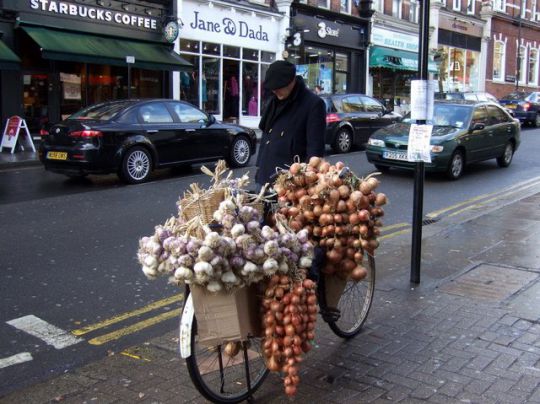
Another pride of the town, these men, farmers who from the end of the 19th century went to Great Britain to sell their onions . Each of them carried a thick stick cut from a hedge on his shoulder, from which hung rows of shiny Breton onions. From 1500 in 1930 to 20 today, the Johnnies, the "Little Johns", sold up to 10,000 tons of onions from England to Scotland via Wales
Your stopover in roscovite land can be made at the Bloscon marina or in the old port.
Whatever the weather conditions, the time of day, the tide, it is a safe and welcome stopover between the Iroise Sea and the Cotentin. Designed with the greatest respect for environmental standards, the port is protected from the swell by a long, angled dyke and faces the shoreline of the Roscoff Botanical Garden.
Technical stopover par excellence on the North Brittany coast. The strong point, the welcome!
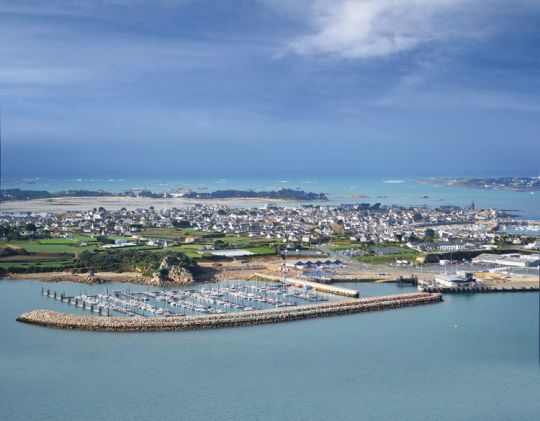
Throughout history, merchant ships were transformed into fighting units and merchants into privateers... The Sainte-Barbe chapel watches over the houses with their walls battered by the waves and offers the walker a splendid panorama of the bay. The old port of Roscoff now shelters on its moorings and its quays fishermen and yachtsmen.
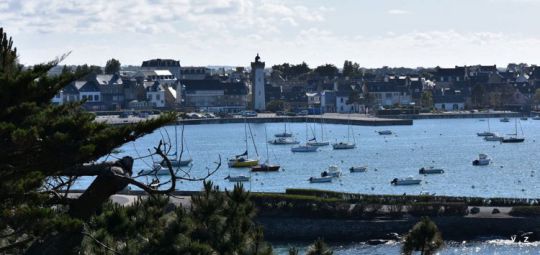
Entry following the starboard light alignment of the new breakwater with the Roscoff lighthouse. The harbour is sounded at +4.0 m.
3.0 Batz Island
The island stretches from east to west for a length of only 3.5 kilometres. This small piece of land of 320 hectares has a population of 507 inhabitants, with a school, a college, and all the necessary services. While agriculture has a strong imprint on the landscape, the island offers an incredible diversity of natural spaces. Dune massifs, sandy beaches, rocky coasts, moors and wetlands follow one another along the coast. But the island can also be discovered by going off the beaten track, whether along the coastline or on the side roads. On the island there is no fear of getting lost, since all roads lead to the sea and therefore inevitably to the port. The mild climate has made it possible to create the famous Georges Delaselle garden, a veritable oasis where more than two thousand species of exotic plants live together.
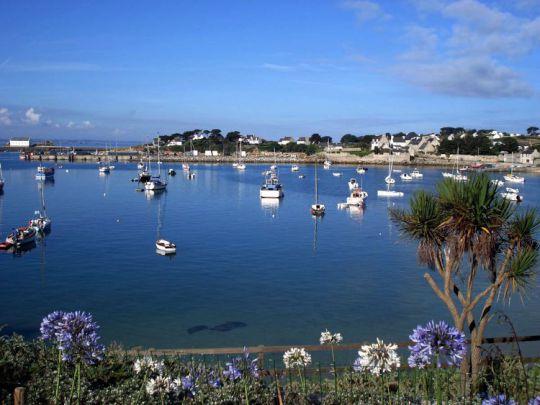
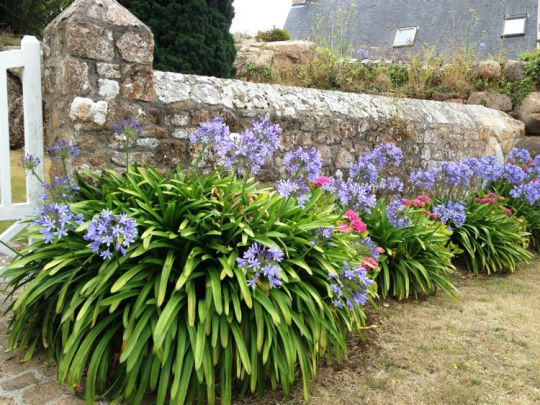
To see, to do
3.1 From the top of the lighthouse
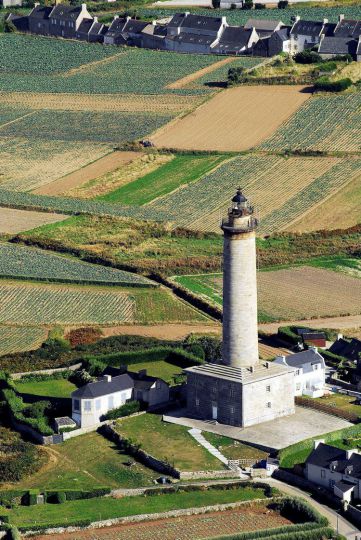
4 white flashes in 25 seconds. Located on the west side of the island, built between 1832 and 1836, the lighthouse was automated in 1995. 198 steps later, the feeder island can be guessed. A grid of well-maintained fields cut with a chalk line. From the top of the lighthouse, the island reveals its true nature. Maritime, of course, but just as much land-based.
3.2 The beaches and strikes of the island
All around the island there is a succession of beaches, creeks and strikes. It's up to you to find yours according to the wind and the landscape.
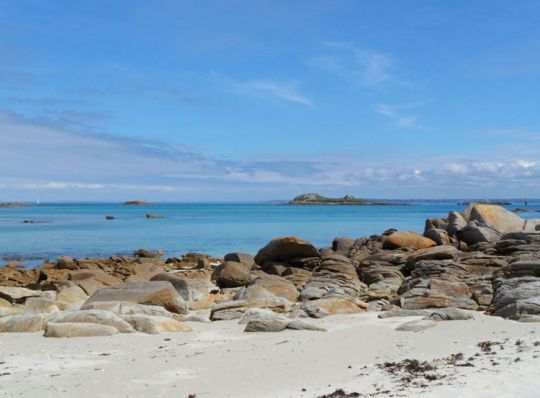
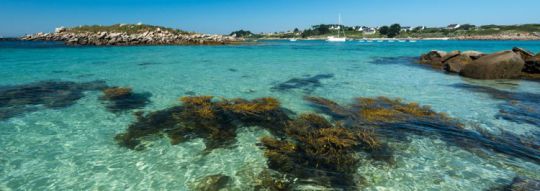
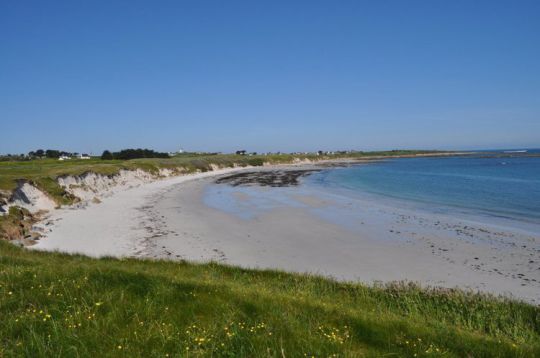
3.3 Jardin G. Delaselle
A small oasis born in 1897. Inspired and charmed, Georges Delaselle planted his colonial garden at the eastern end of the island, at the Pointe de Pen ar C'hleguer. Today, property of the Conservatoire du littoral, the exotic garden includes more than 2000 species from all continents. The majority of the plants come from the southern hemisphere: Chile, Southern Africa, Australia, New Zealand..

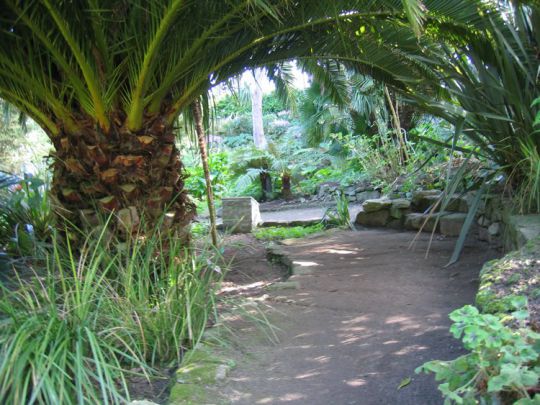
Where to anchor?
The Porz Kernoc'h anchorage is well sheltered from westerly to north-easterly winds. Straightforward as it is on sand and hard mud. Probe at +5.0 m. No buoys, so anchorage on anchor in the NW part of the harbour.
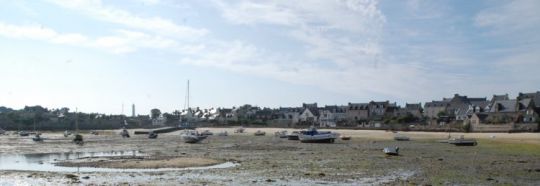
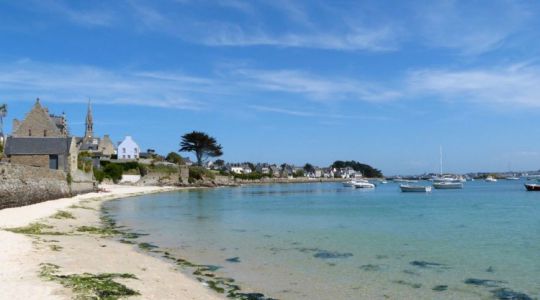
The Porz an Iliz anchorage is well sheltered from winds from NW to E. When grounded you lay on hard sand. Average sounding at + 2.0 m. If you don't want to run aground, you can anchor in ME in the south of Aukuint Island.
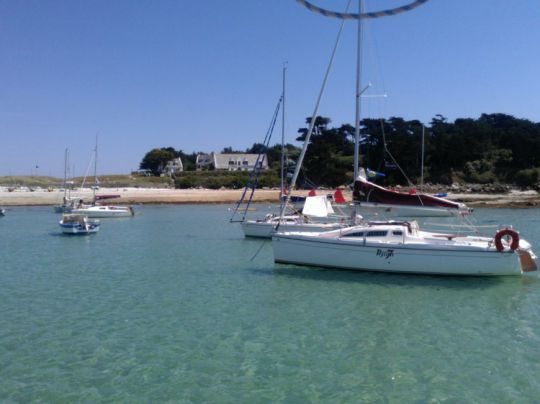
Mooring of the Ti Saozon sandbank only in light westerly winds. Hard sand with an average probe of + 2.5m. Perfect for great fishing on foot!
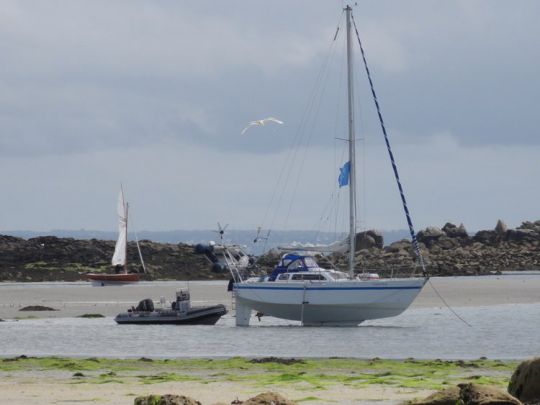
4.0 Moguériec - Ile de Sieck
Moguériec is the small fishing port of the municipality of Sibiril. The port is located at the bottom of the bay bordered by the island of Sieck. Fishermen used to catch sardines in the Bay of Sieck before and during the 2nd World War, and then turned to lobster in the net and then in the trap. A few boats practiced coastal fishing, catching red mullet, sole, turbot and other noble fish.
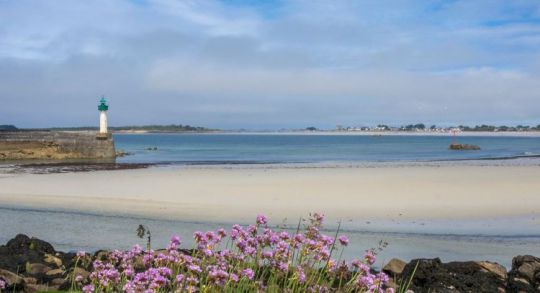
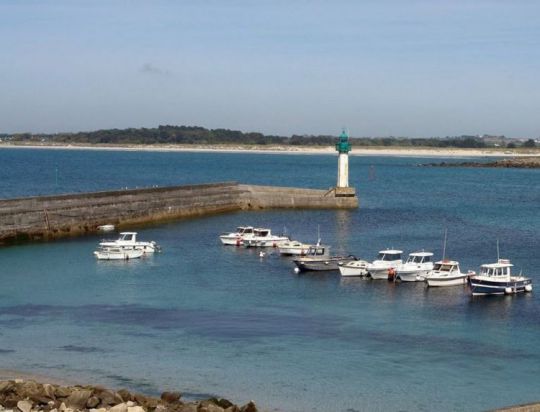
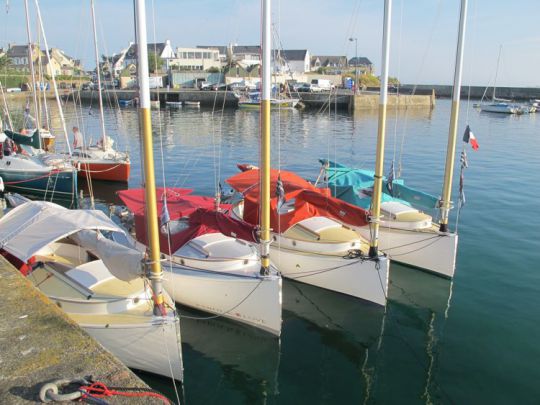
Don't miss the bar restaurant "La Marine" for a crab tasting!
Sieck Island
This island was for a long time one of the few ports in the Channel to practice sardine fishing. In 1725, there were already nine boats equipped for sardine fishing. In 1865, using the experience of the Douarnenists, fishing and salting establishments for sardines and other fish were created.
